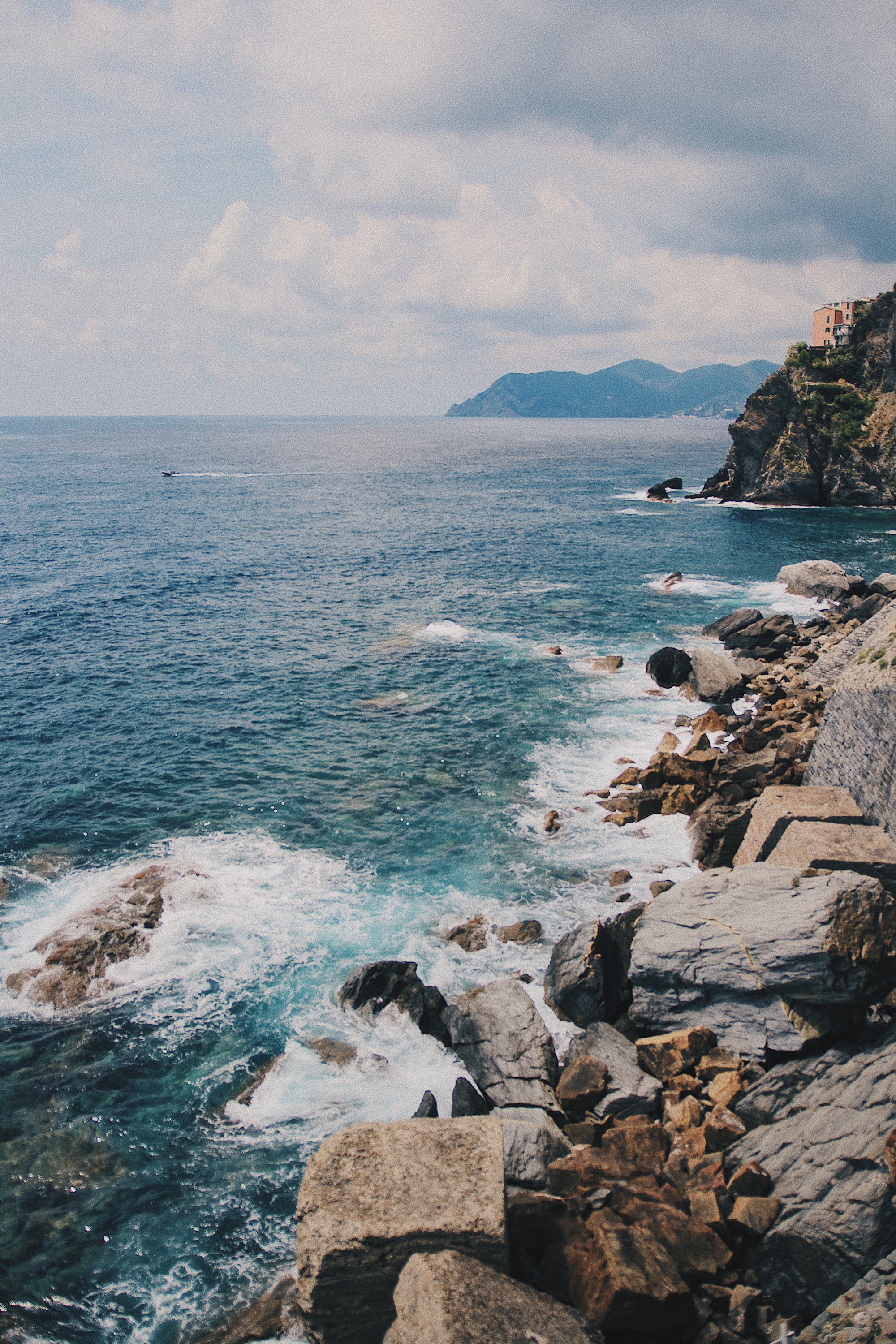HAMLETS
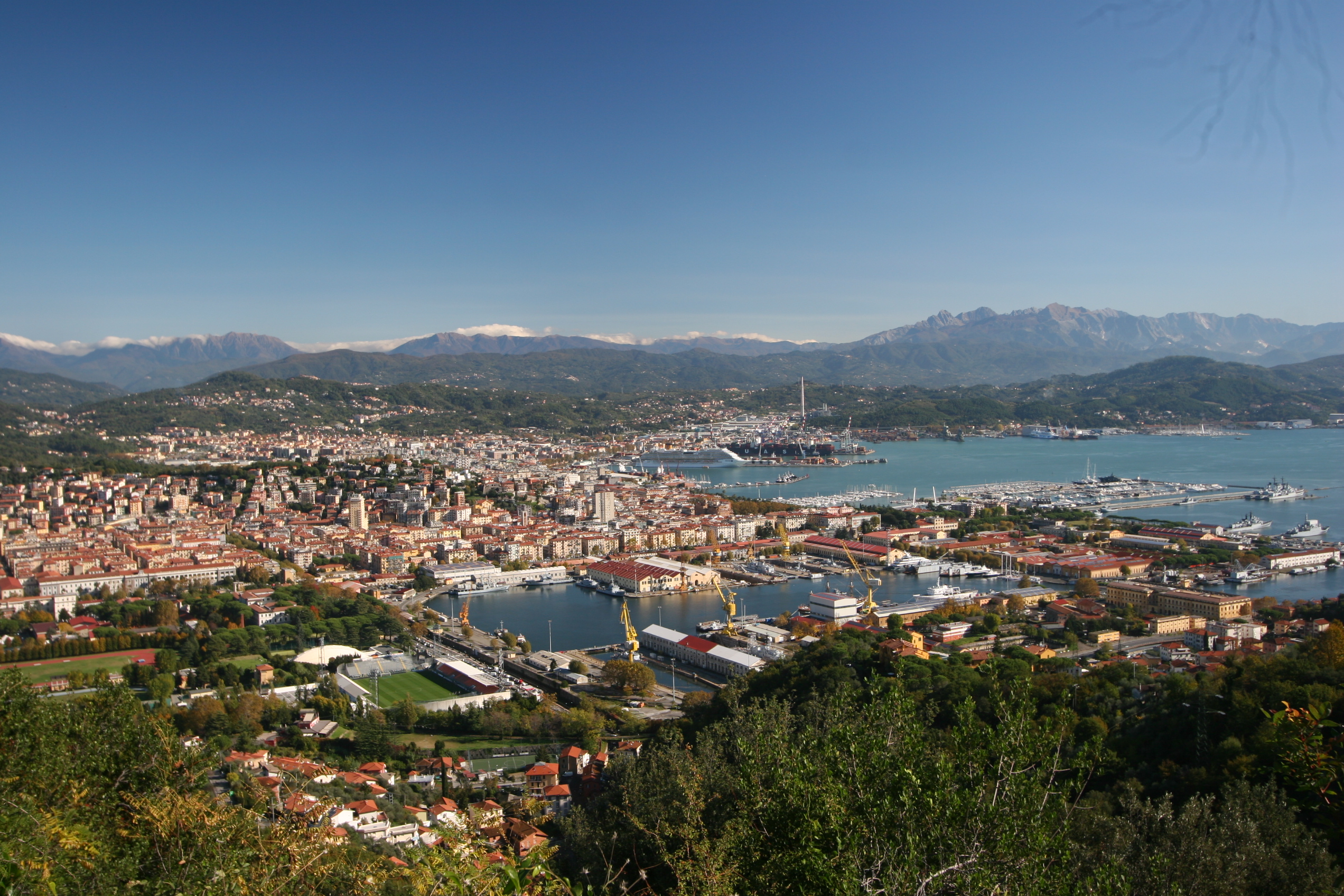
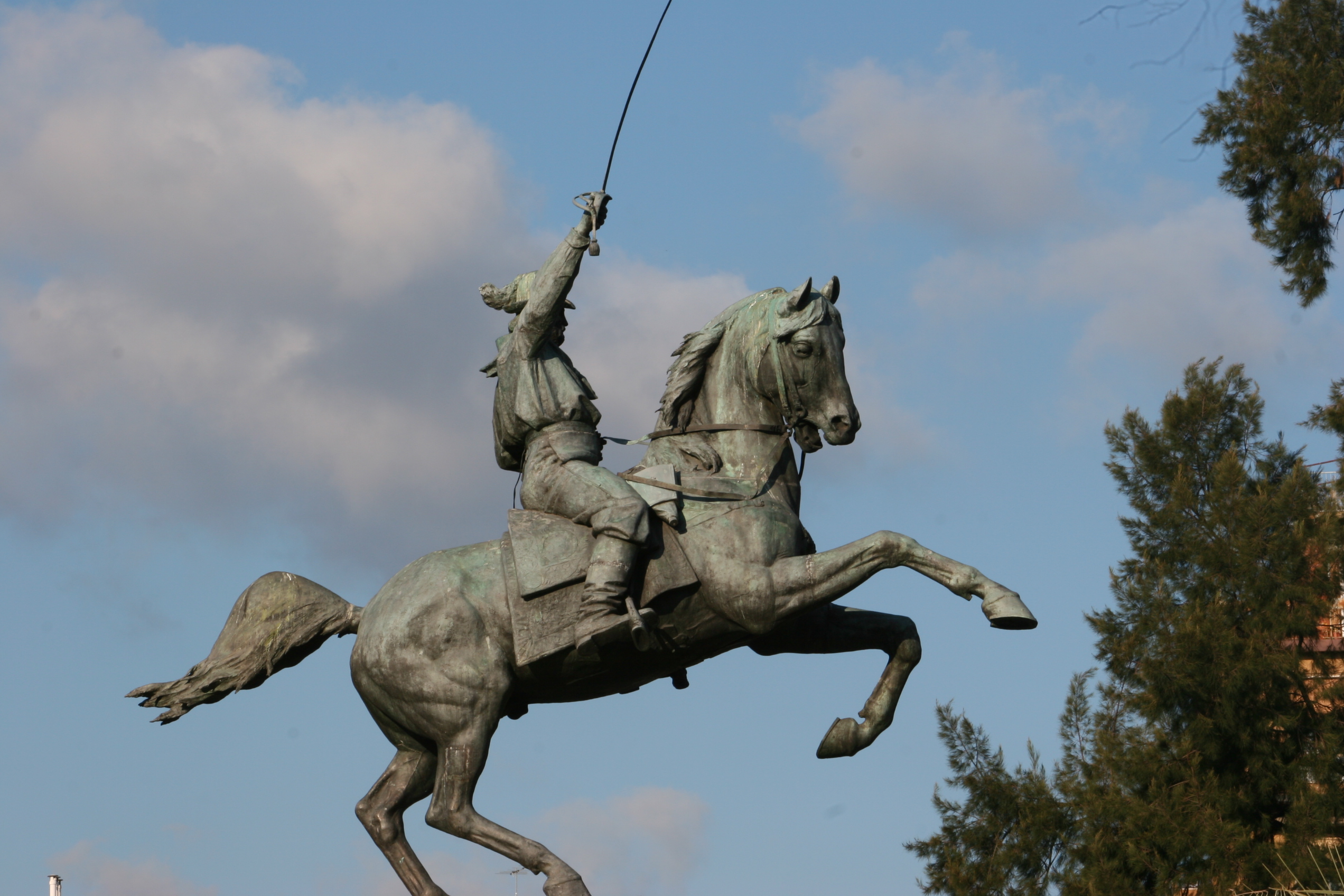
LA SPEZIA
La Spezia is a small but fascinating city located in the inner part of the Gulf of Poets. Although it is often only considered as the gateway to the most famous Cinque Terre and other Gulf locations, it deserves a thorough visit instead.
By Italian standards the city is quite "new". In fact, its expansion began in the 19th century, when Napoleon Bonaparte began to think that it would be a perfect naval base for the imperial fleet. La Spezia still retains its character today and is still an important base for the Italian Navy. Its deep-water port allows the landing of container ships and has also become an important port for large cruise ships.
Many late 19th and early 20th century buildings can be seen in the historic centre, next to the many museums and monuments that adorn the city. It is a lively city, with a large pedestrian area full of shops, small restaurants and bars for all tastes and a venue for various kinds of events, especially during spring and summer.
Portovenere
Portovenere, at the western end of the Gulf of Poets, has nothing to envy to the Cinque Terre in terms of spectacle. It is a perfectly preserved jewel immersed in a unique landscape. The perfect array of tall buildings with colorful facades facing the sea was also of medieval origin and played a defensive role in the past.
The church of San Pietro, which is almost 800 years old, built on the promontory at the end of the village, is perhaps one of the most romantic monuments in the world. The imposing Castello Doria dominates the entire village from the top of the hill behind it.
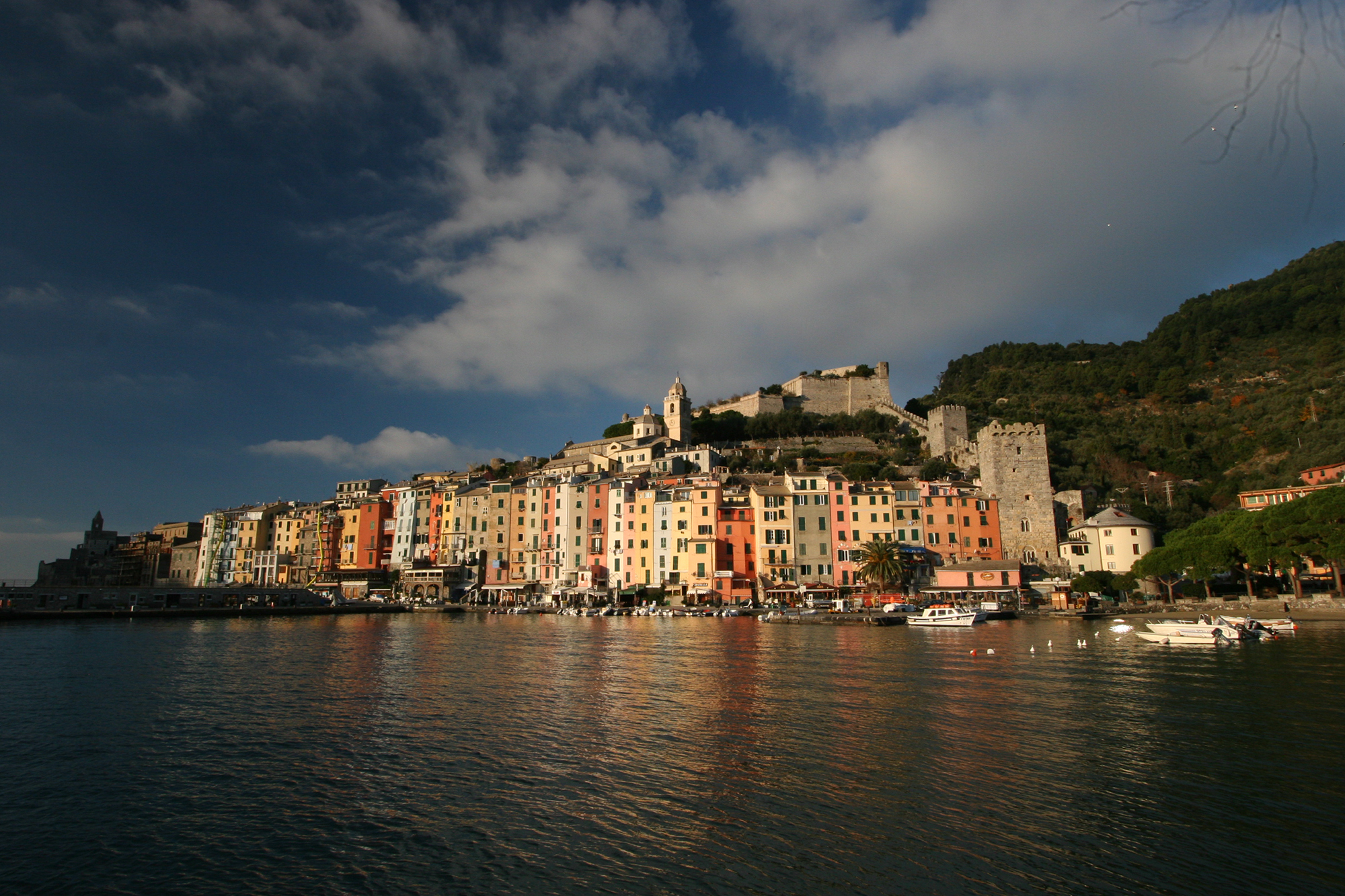
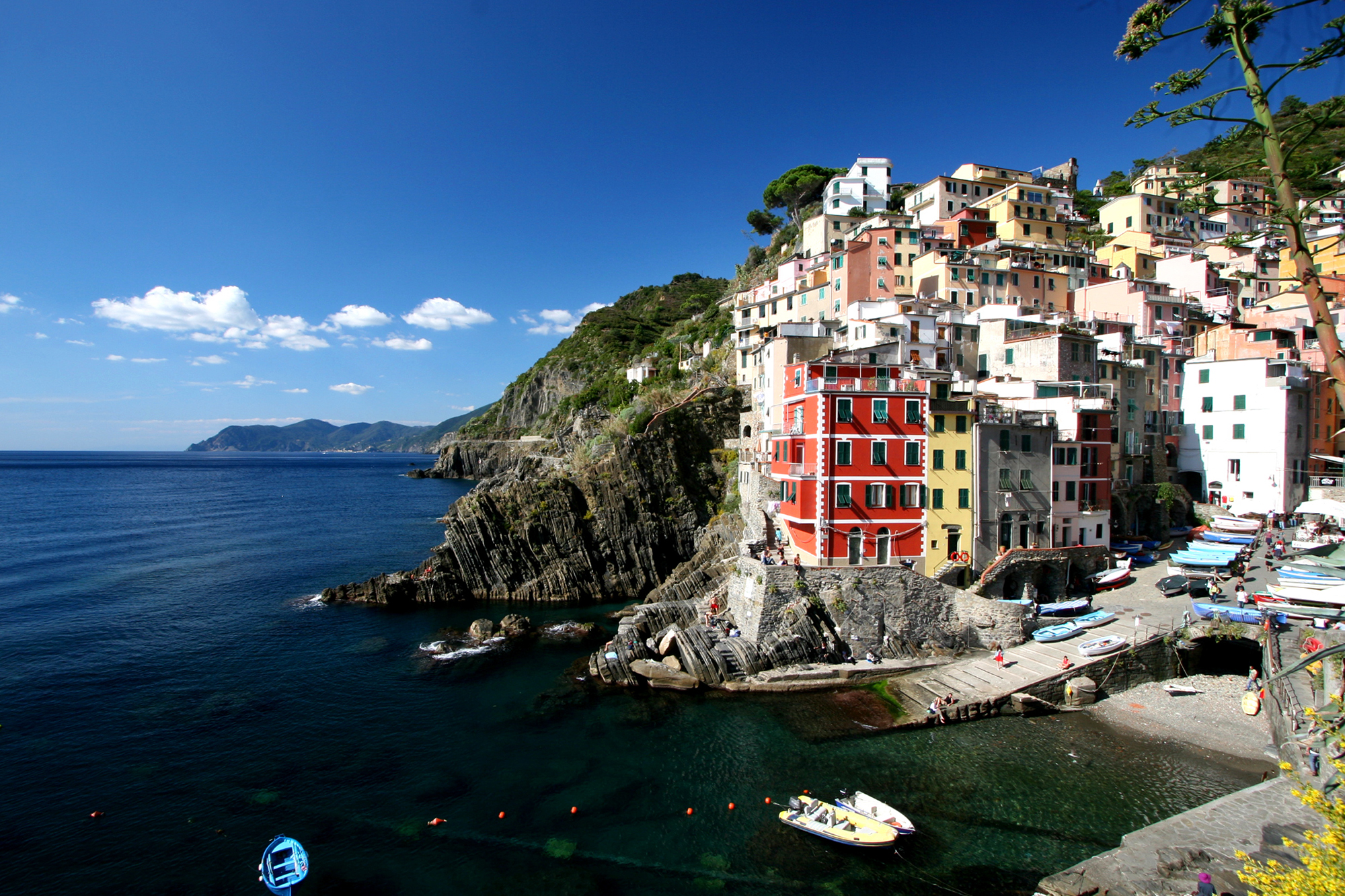
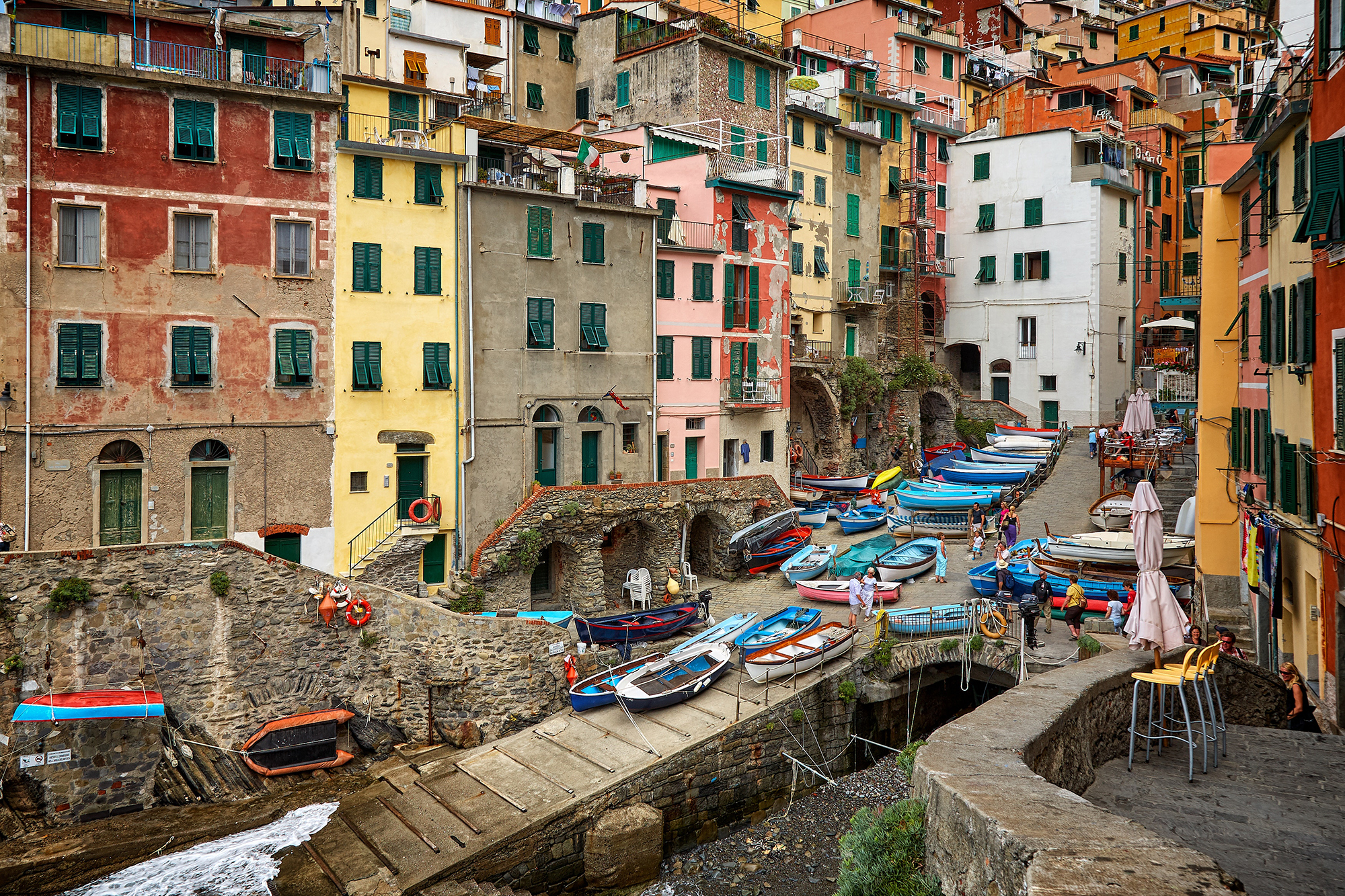
RIOMAGGIORE
Riomaggiore is the first of the Cinque Terre coming from La Spezia or Portovenere. Its origin dates back tothe 14th century when the large and rich church of San Giovanni Battista was built.
Riomaggiore was built along the two banks of the river Major (now covered by the road) and this is evidenced by the shape similar to a snake of the village seen in plan. The houses, high and narrow, follow the sides of this hidden river that extends to the sea line. The village is all stacked on steep terrain and the houses have two entrances: one at the level of the main "carrugio" and one higher up on the back on an even narrower street. This allowed the inhabitants to escape if the village was attacked by the Saracens from the sea. The ruins of the castle and the dozens of dry boats along the last part of the village add pathos to the unique atmosphere of Riomaggiore.
MANAROLA
This village was founded in the 13th century probably by the inhabitants of the village of Volastra higher up on the hills. In Manarola the railway seems to project itself onto the sea and the station itself is a panoramic terrace. From here and after a short pedestrian tunnel you enter the main (and almost only) narrow road that goes towards the sea, with many restaurants, bars and small shops.
The small harbour is surrounded by rocks and looks like a natural Mediterranean pool. If you are as brave as the local youths you could try diving from the highest rocks. But it is not advisable: it is better to have a peaceful swim!
Going up the village you come across San Lorenzo, a 14th century Gothic church in Ligurian style that dominates the entire village.
At the moment Manarola is not included in our tours but for those who wish it can be reached by train from Riomaggiore.
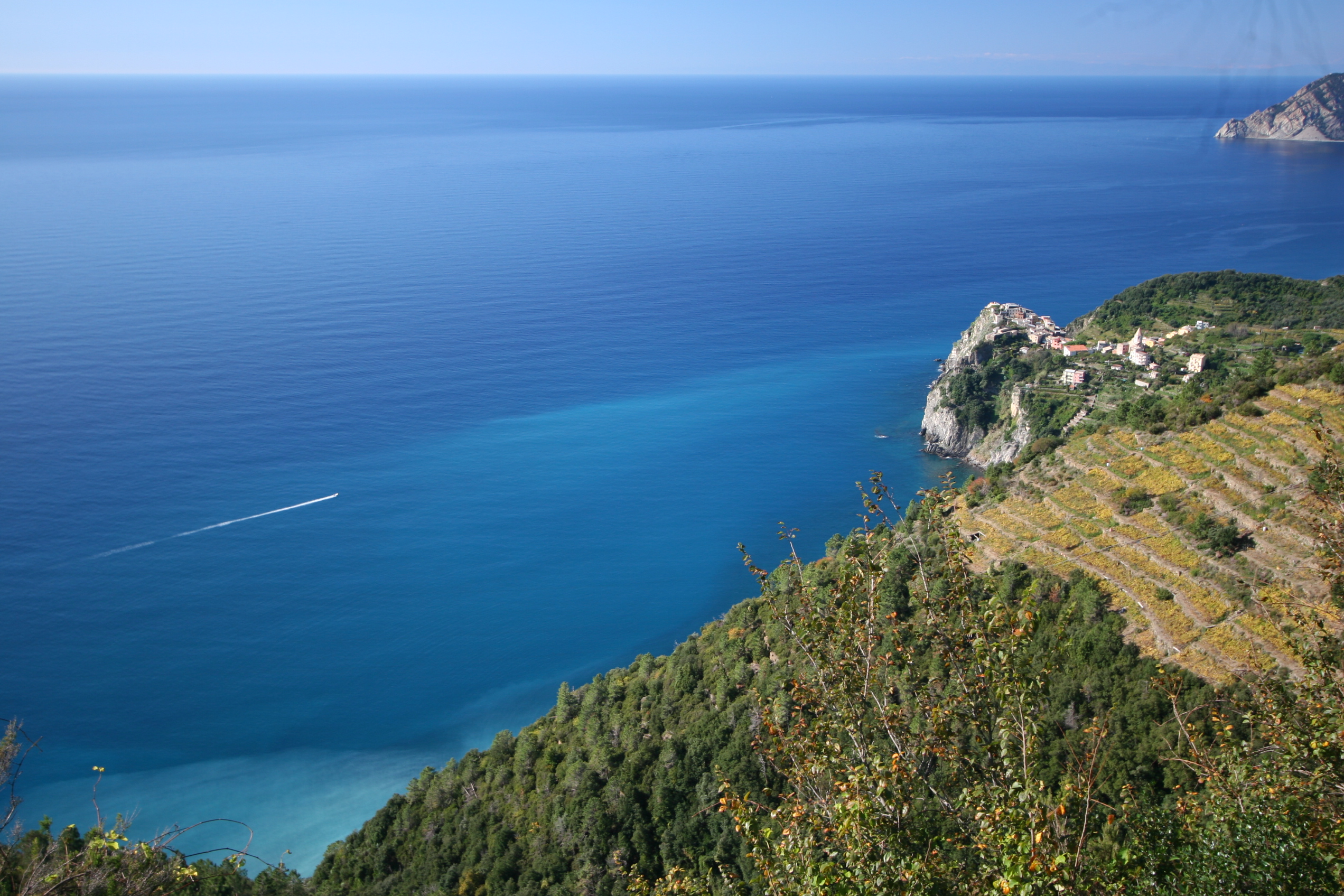
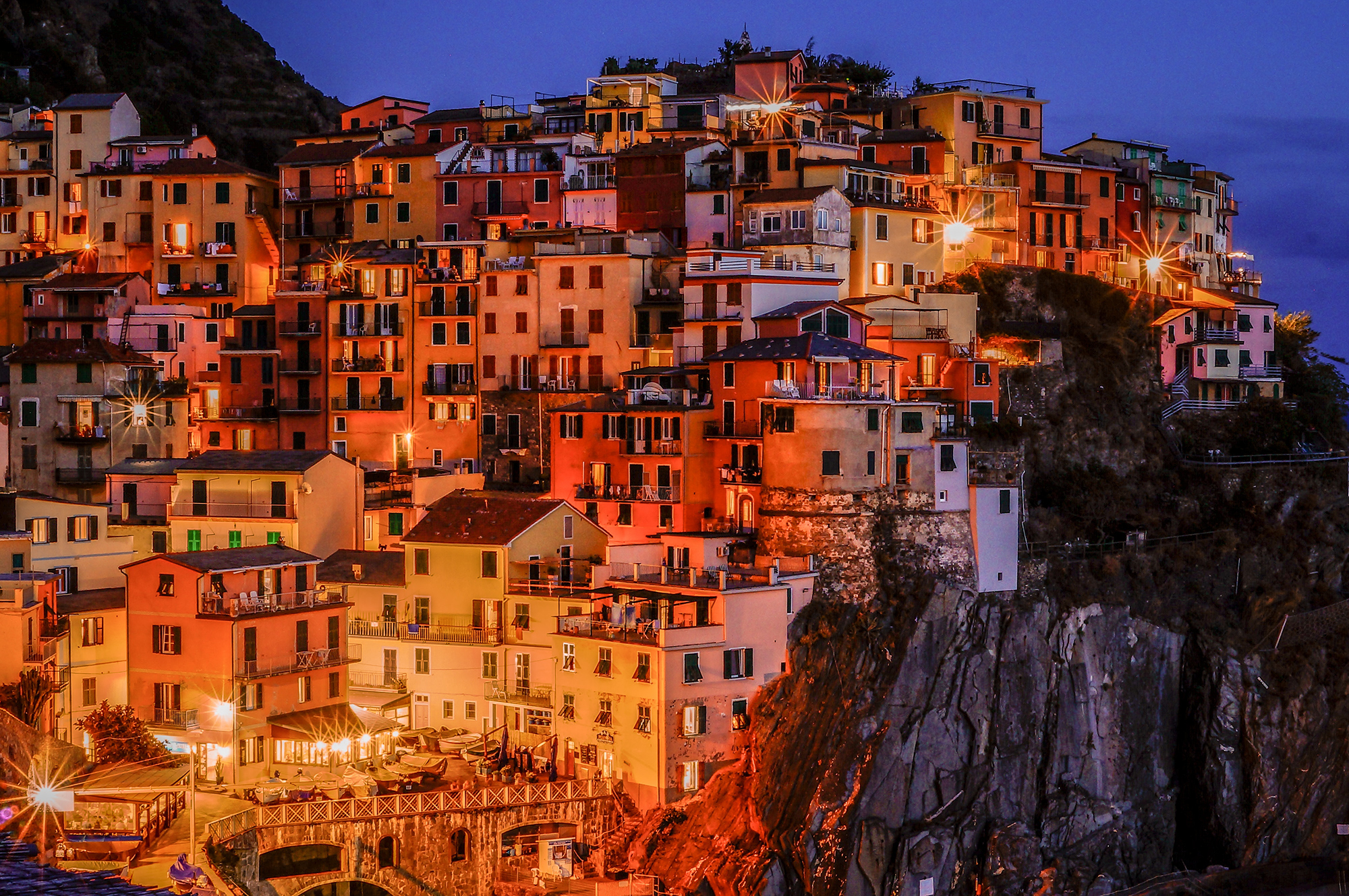
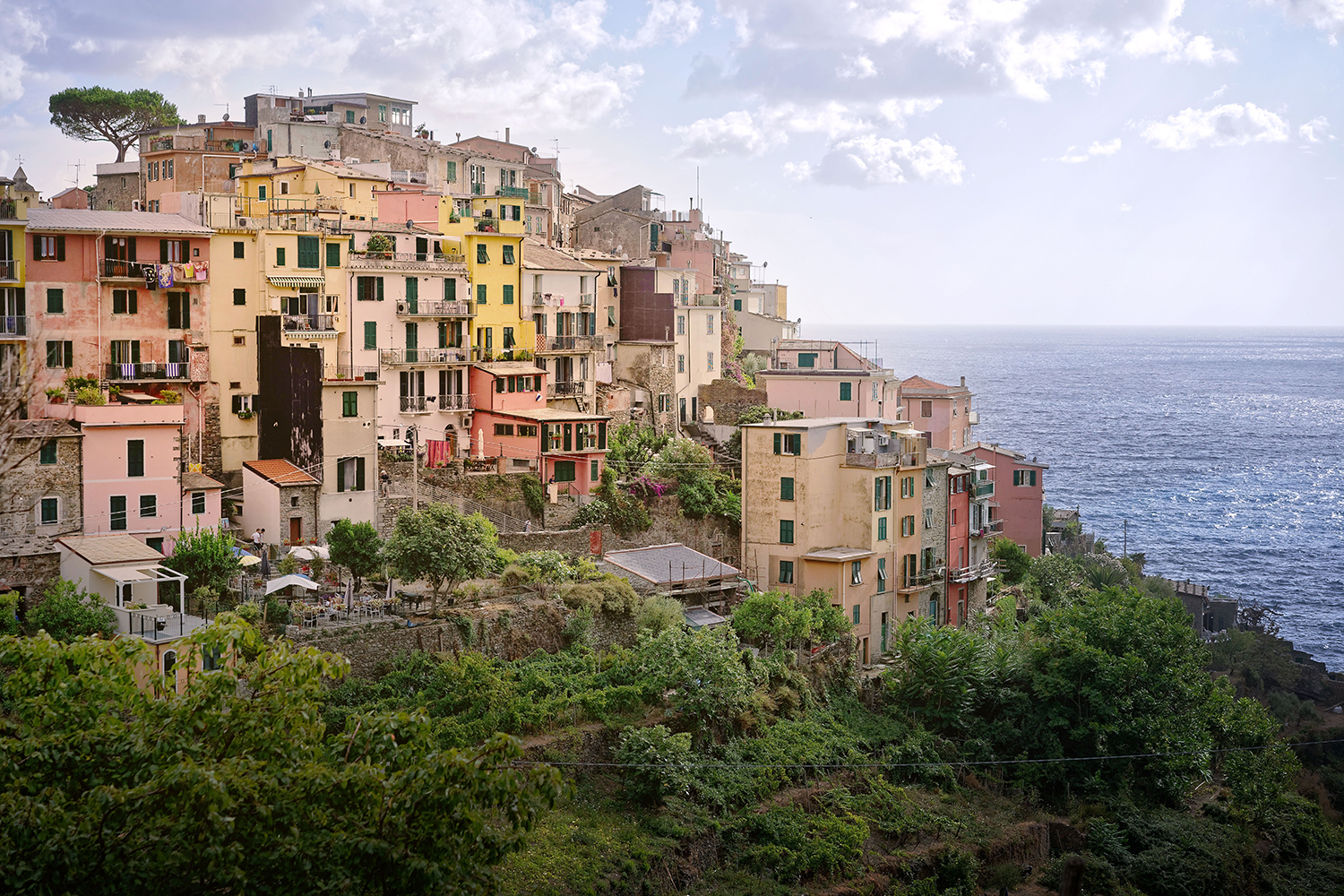
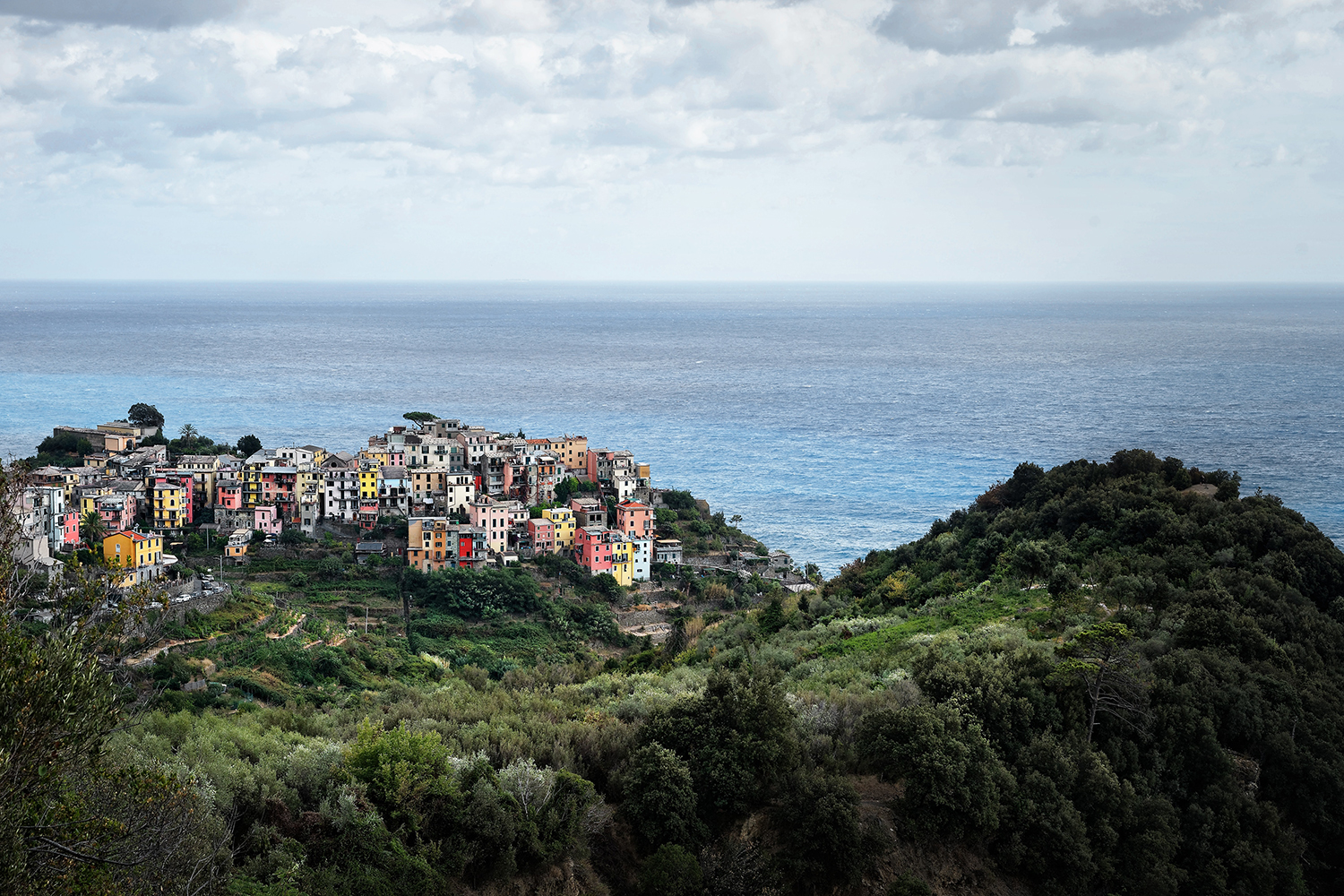
CORNIGLIA
Corniglia is the only village in the Cinque Terre not touched by the sea. In fact, it was built high on a cliff starting from the 11th century, although there are traces of Roman presence well before that.
Probably this is why it is the least "touristic" of all, yet no less fascinating than the other villages. In the centre, the 14th century Church of San Pietro, entirely built in local stone, is considered the best Gothic-Ligurian monument of all the Cinque Terre. The best part of Corniglia is in front of this church and extends vertically right above the sea. On the other side vast vineyards in a less steep territory.
Corniglia is not a point of arrival for our tours, because it has no landing on the sea, but if you want you can reach it by train or local minibus.
VERNAZZA
You will immediately notice the beauty of this village as soon as you land. The narrow and lively main road leads along the colourful houses connected by bridges and narrow passages.
Vernazza is built on a spur of rock and has its own small port. This is probably why it has been the richest of the five villages of the Cinque Terre ever since it was founded around the year 1000. At the end of the descent on the main road there is the beautiful little square on the sea with its beach, several colourful fishing boats, not to mention the Church of Santa Margherita d'Antiochia, perhaps the most famous monument of the Cinque Terre. The rest of the village is perched in the eastern part of the spur and is worth a visit even if it will be a very "vertical"one! On top of all, the ruins of the fortress known as Castello Doria that make Vernazza one of the most photogenic villages in Italy.
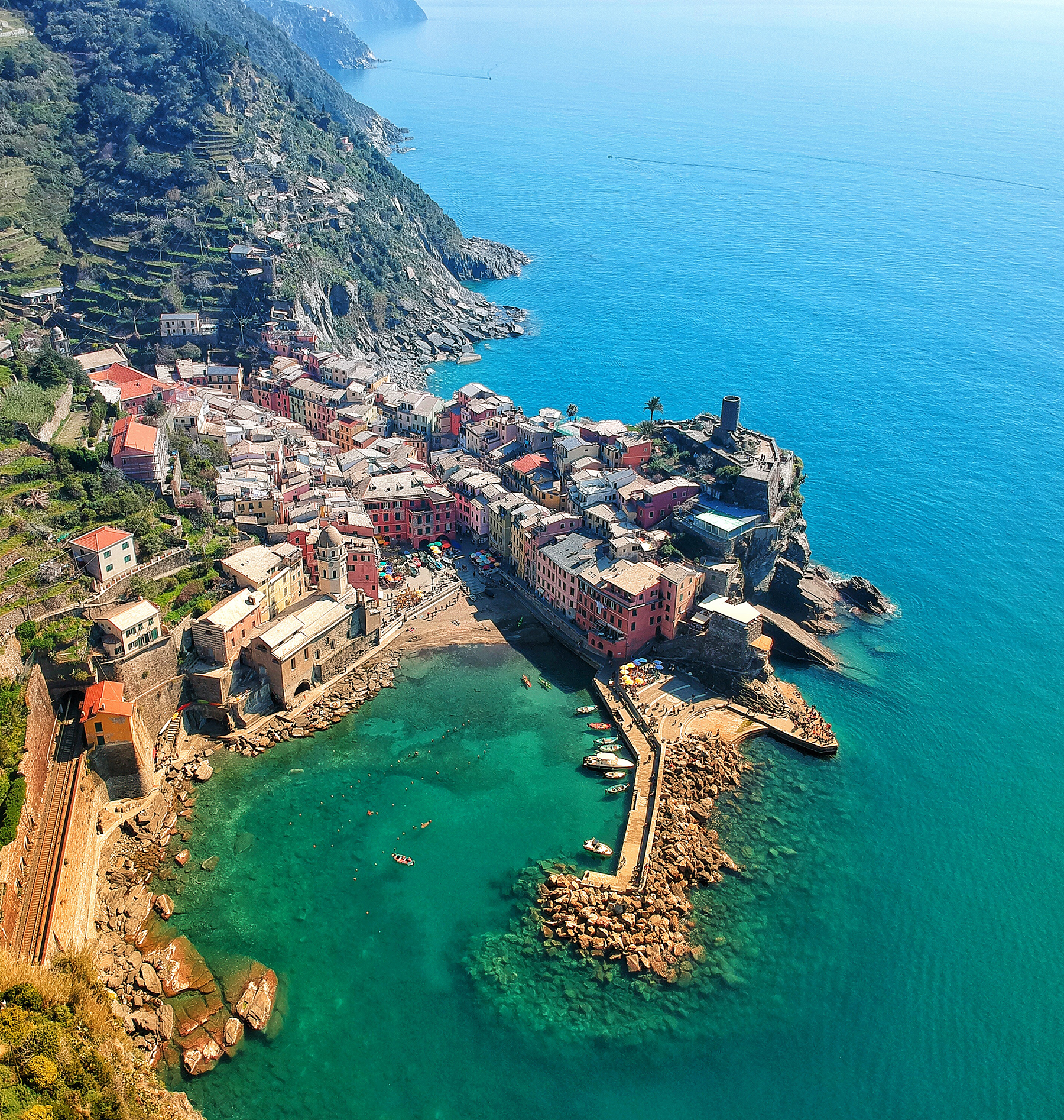
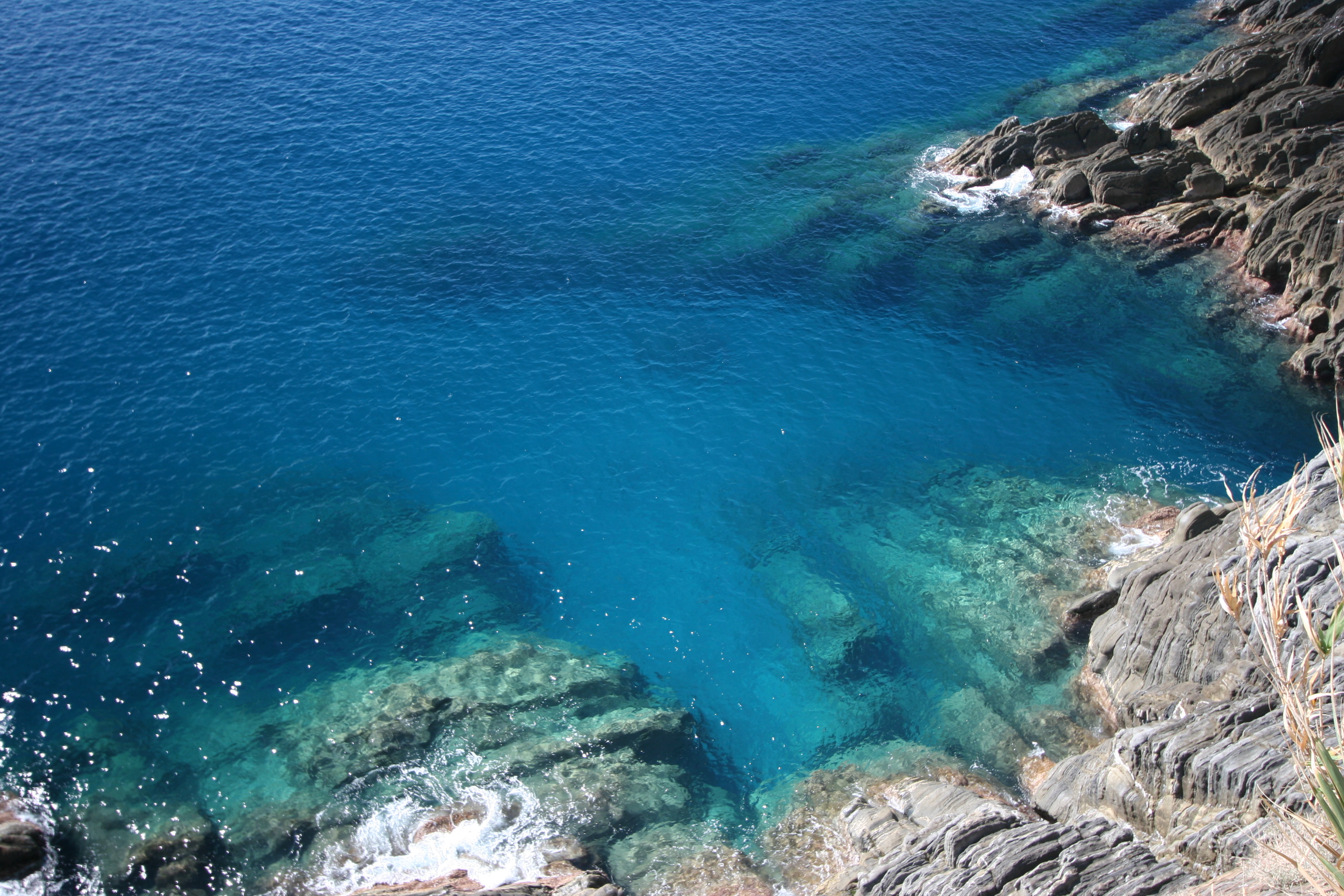
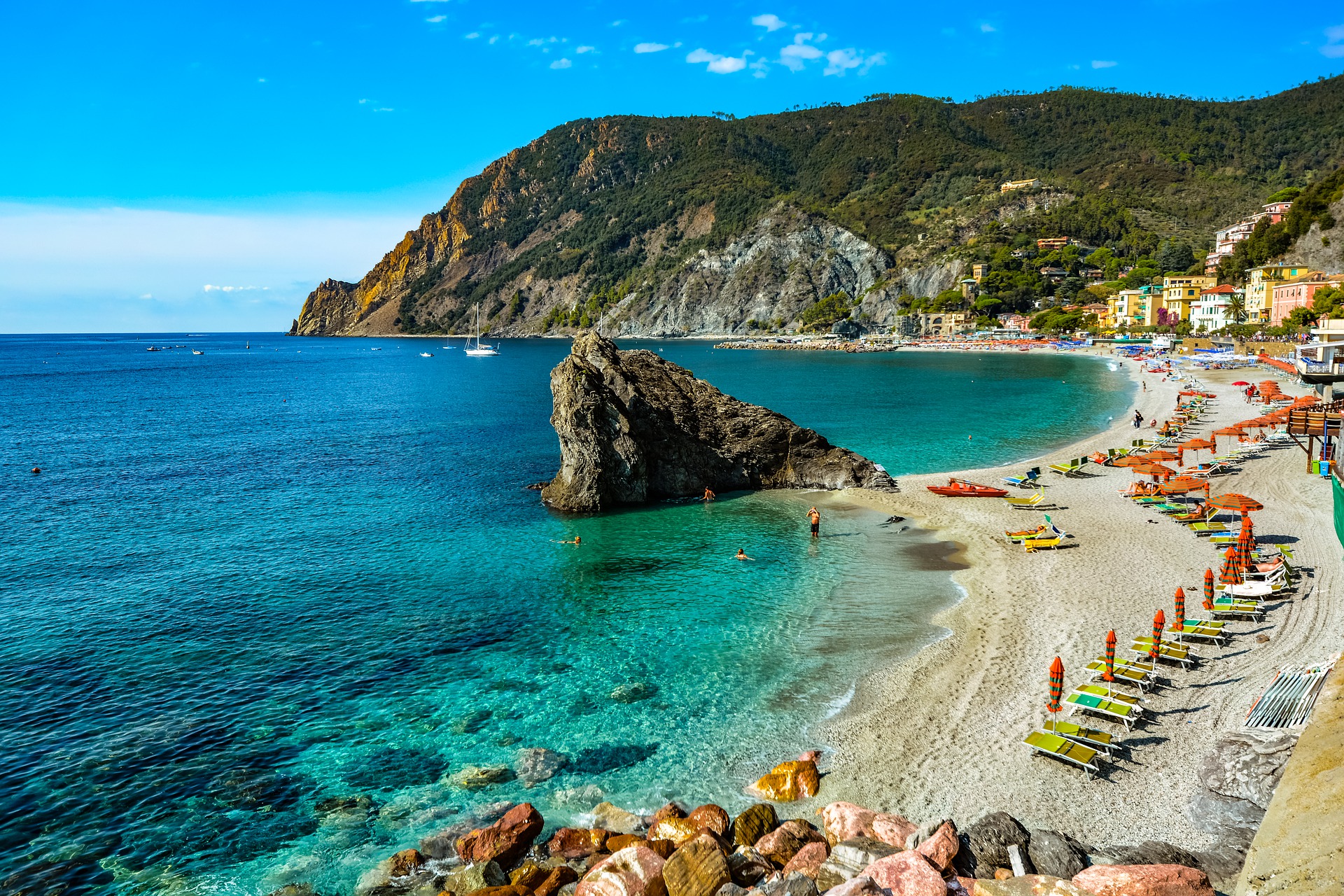
MONTEROSSO
The largest of the Cinque Terre villages is probably also the most crowded in summer, perhaps because it has a large and equipped beach. Monterosso consists of an ancient village and a more recent one built around the beach of Fegina. However, the historic center of the village has retained the character and charm of a typical village of the Cinque Terre with its tall, colourful buildings that are close together around the "carugi".
San Giovanni Battista is a remarkable example of Gothic-Genoese architecture in the square in the centre of the ancient village where the Baroque Oratorio Mortis et Orationis is also located. A small fortified hill dominates the two faces of Monterosso and in the promontory in front of it there is the Aurora Tower, well preserved and which still seems to be in the custody of the village.
Monterosso is also famous for having hosted Nobel prize winner Eugenio Montale for several summers.
The Cinque Terre National Park
The Cinque Terre National Park was established in 1999 and since then protects the environment of this Mediterranean area. It covers an area of 3,860 hectares and includes the territories of the municipalities of Riomaggiore, Vernazza and Monterosso as well as a portion of the municipalities of Levanto and La Spezia (Campiglia and Tramonti).
The protected area also extends to the sea in front of a natural marine area that is an integral part of the environmental protection scheme. But the Park is not limited to this: in fact it aims to protect not only the fauna and flora typical of these coasts overlooking the sea, but also the highly man-made landscape characterized by terraces, for example also protecting the characteristic dry stone walls system of this area.
The Park is usable thanks to an extensive network of paths which offer spectacular views on a coast in many ways unique. The Marine Protected Area (established in 1997) offers instead wonderful possibilities for scuba diving but, for its richness and clarity, it is enjoyable even for those who simply use mask and fins.
